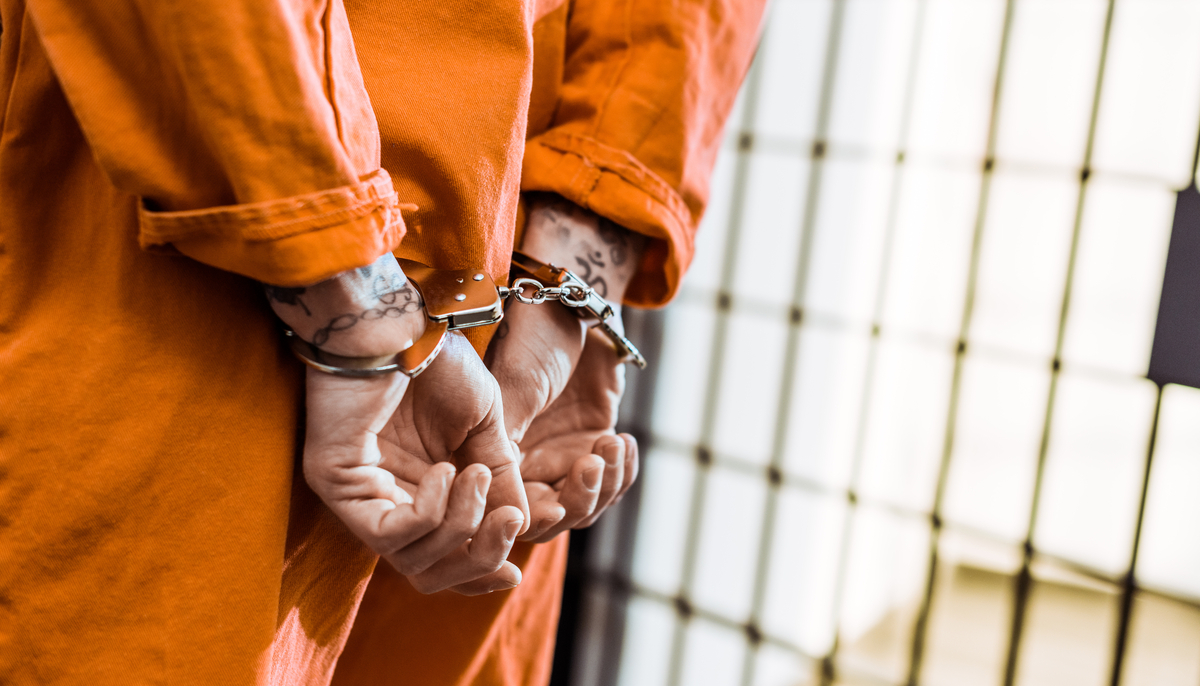Shutterstock
A surveillance video from a California prison shows more than twenty inmates taking turns drinking from the same cup of hot water. The North County Correctional Facility in Castaic, California, saw a mid-April spike in confirmed cases of COVID-19. Sheriff Alex Villanueva says he knows how this happened.

According to the sheriff, the surveillance video should be enough to incriminate the inmates seen on camera. He argues they were deliberately trying to infect themselves. The reason? To try to secure an early release from prison. In the video, inmates can be seen drinking from a common cup, and sniffing out of a common mask.
During a Monday press conference, the sheriff described the event as unnerving. “It is very disturbing to think that people would do this to themselves deliberately in an attempt to force our hand to release more people from custody,” Villanueva told reporters.
The news comes as no surprise for many criminal justice experts. The vast majority of inmates are in no hurry to stay in jail longer than they think they have to. It’s easy to understand their reasoning: if there’s something they can do to secure an early release, why not do that? Some medical experts had hoped that inmates would be concerned about their health enough to prevent them from purposefully contracting COVID-19.
However, this has not stopped the inmates at North County Correctional. Clearly fed up with watching other inmates get released early for falling ill, the group caught on surveillance footage decided it was time to take matters into their own hands. Of course, none of the prisoners caught on camera will be confessing to any kind of plot. “No one’s gonna admit to” trying to get sick, Villanueva explained.
However, the inmates typically would never share water cups. “Every inmate has access to their own cup of water which they jealously guard, the sheriff explained. “It’s not something they share person-to-person, and anyone who practices basic hygiene doesn’t do that anyway,” Villanueva told reporters. “So, in this environment, and then considering the fact that the 21 tested positive out of that module, shows what their intention was.”
While prisons and hospitals both try to help combat the pandemic, tough questions remain. Patients who were in critical condition, or needed help managing AFIB, were often turned away from hospitals during March and April. This was due to the massive number of patients in ICUs for COVID. Now, prisons need to figure out how to safely manage their inmate populations without inadvertently rewarding prisoners for self-infecting.